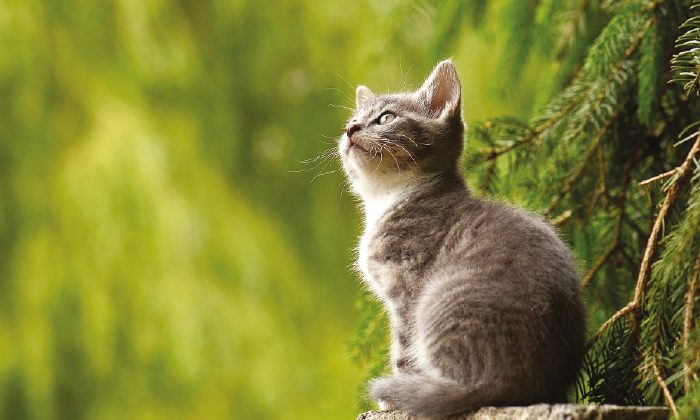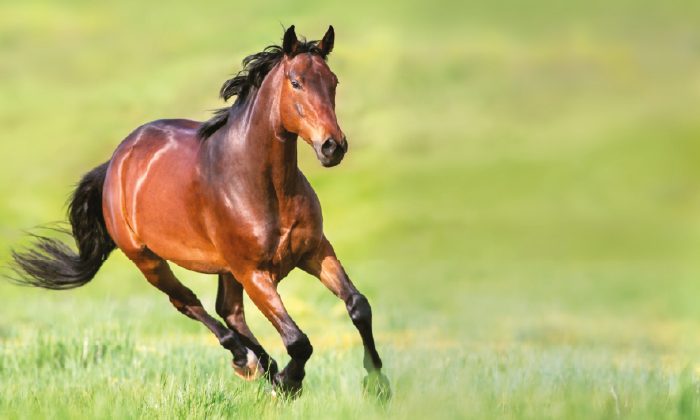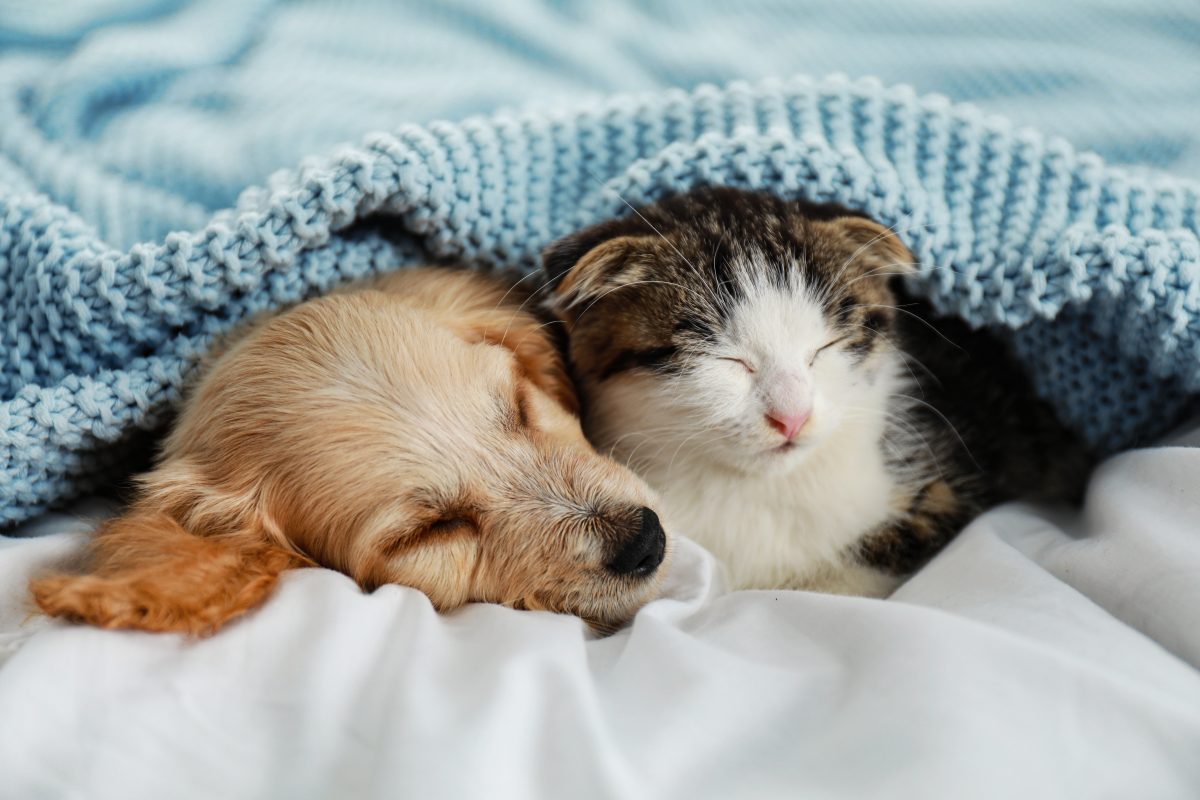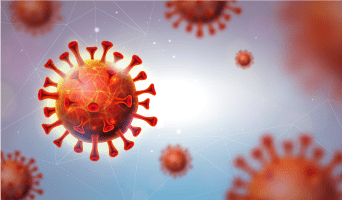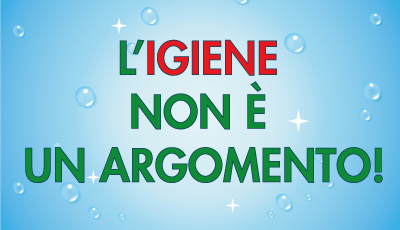Cat lovers often hear about Fiv and Felv, but these two very serious but at the same time very different diseases are not always well known! When you surround yourself with cats it is very important to know them, so as to practice good behaviors to protect our animals, but also to act consciously and fairly with cats that have contracted one of these two diseases!
IVF
The term IVF means feline immunodeficiency, a viral disease caused precisely by a virus that is transmitted through contact with the blood or plasma of an infected cat and that of a healthy individual. This is why bite wounds, usually deep, are the main route of transmission, however followed by other routes, such as mating or the transplacental route, that is, from mother to puppy.
What does IVF involve?
IVF works by reducing the animal's immune defenses, without directly causing the cat's death. In a first phase, fever, loss of appetite, sometimes diarrhea and conjunctivitis, all generic symptoms can occur. This phase usually follows a period in which the animal does not present particular symptoms but is however a healthy carrier, capable of transmitting the disease. During this period the animal lives quietly, but its immune system is weaker than that of healthy animals and is therefore more susceptible to infections of all kinds. One of the most frequent symptoms as the disease progresses is stomatitis with oral ulcers, which cause pain and eating problems.
Prevention and management
To prevent contagion, it is important to sterilize animals that live outdoors, so as to minimize the possibility of clashes. The important thing to know is that this disease does not quickly compromise the life of the cat, who can live peacefully throughout his life, the important thing is to have an eye for his health and make better stimulation and immune management cycles if with natural products!
The FeLV
This acronym indicates Feline Leukemia, a viral form that is transmitted through contact with organic liquids, first of all saliva, which makes contagion very easy, since sharing a bowl rather than mutual grooming is enough to transmit the virus from the sick cat to the healthy one, without the need for deep wounds or bites as in the case of IVF. Transmission from mother to puppy with breast milk is also possible.
What does FeLV entail?
Once the infection has occurred, the virus spreads rapidly in the animal's body, causing different symptomatological and evolutionary pictures depending on the age, immune status, living conditions, etc. ... of the cat.
The weakest animals are definitely puppies, which unfortunately usually die in about a year. If the transmission occurs instead in adulthood, the cat can live 3 years as 10, unfortunately or fortunately nothing is taken for granted. FeLV usually results in malignant lymphoid neoplasms, non-regenerative anemia, panleukopenia, and various infections.
Veterinary surgeon Dr. Paola Zintu
Photo: Jennifer C.


